I have been a part of the media industry for over 15 years now and I am witnessing the sinking of this ship due to our inefficiencies and self-interests, including those of my own.
The responsible people are not raising their concerns, nor are their deeds translating into actions that can create some positive ripples in the industry and work towards its revival. Rather, the industry seems to shrink more each year, resulting in the current devastating situation that will eventually make the whole media fraternity suffer.
The big guns, including broadcasters, media houses, clients etc. are busy misusing their powers, addicted to serving their self-interests by hook or by crook. Hence, the question is, will we wake up when the industry has shrunk from Rs. 60 to 70 billion to Rs. 6 to 7 Billion?
I am witness to people suffering from low job security in all key operational areas while working under highly over burdened circumstances. This is prevalent even in big broadcast and media houses which might result in the entire ecosystem collapsing if we continue to ignore it.
My questions, therefore to all our Media Gurus running the industry are: Do you really think it is alright not to expand ADEX (Advertising expenditure) or create more employment (as a result)? Is the media environment synchronized? Do you not realize that human resource has an integral role in the service industry? Do you not see that the entire ecosystem needs to evolve? Would you actually be comfortable in not future? What contingency plans do you have? What legacy are you leaving behind for the next generation who will end up crying for crucial resources and may find it better to distance themselves from the industry?
For God’s sake, answer these questions to your own self at least.
There is a famous verse by Maulana Zafar Ali Khan,
Khuda nay aaj tak uss qaum
ki halat nahin badli,
Na ho jis ko khayal aap
apni halat kay badalnay ka!
Contextually meaning that God does not change the destiny of people who are not bothered about their fate. Not to forget that it is also God’s system that our action gets reciprocated; we reap what we sow.
I firmly believe that NOTHING IS IMPOSSIBLE
I am putting across a few issues here and I am confident that if influential people from our industry take on one issue each and work on corrective measures, collectively, it will be a positive transition for the industry.
1. First and foremost, the entire ADEX is in the hands of just two media houses, which has resulted in them taking over the entire ball-game, blackmailing and dictating terms in the process. They misinterpret the actual ADEX inflating it for their own benefit, which no advertiser is able to genuinely evaluate. Trust me, those advertisers, who think that they are getting the best rates for their media plans from these houses, are living in a fool’s paradise. Secondly, advertisers do not get the services they deserve. Usually, two or three people deal with a plethora of clients in a limited salary, which results in frustration that restricts them from conducting valuable and productive conversations. In fact, in a number of cases it leads to harsh exchanges. Unfortunately there are no communication or media guidelines that clients and media houses can refer to, and hardly any strategic discussions apart from those related to pricing. Hence clients suffer badly. Thirdly, these media buying houses recruit fresh MBA’s and assign them key portfolios, even though they are not aware of the basics of media and client handling to keep operational costs low: They lack flexibility and are stubborn which reflects in their people management. They want instant promotions and believe that they can get to the CEO slot in the next two to three years, all the while lacking maturity. Also, they are hardly shy of having any sort of ‘lifestyle-enhancing’ experiences, which according to them help them ‘stay in the game’. However, in the past, we have witnessed dedicated, hardworking and experienced people who were flexible and whose top priority were clients. I agree that fresh talent is important, but experience can never be substituted. Lastly, broadcasters are hardly ever able to maximize their profits by selling their productions since the price they get is much lower than the cost incurred. Here, the media buying houses instead of mediating between client and broadcaster complain along with the client that local broadcasters do not produce good content, which forces which forces them to divert ad revenue to non-Pakistani content.
2. If ADEX was to be distributed among 8 to 10 agencies, chances are nobody will be able to dictate terms. Consequently, in addiction to creation of more employment, our industry will grow since then other agencies will have to step up in terms of competence; they will have to hire experienced and ‘clean’ staff and train those they employ. Taking such measures will also be more convincing for advertisers or else the survival of the agencies will be at stake.
3. Some TV channels took the initiative of bringing in foreign properties like Pakistan Idol, Master Chef Pakistan etc. for local audience. Executed with the help of foreign staff, to me, they were excellent local productions. These programs provided a platform for numerous integration opportunities for brands, however advertisers chose not to pay due premiums merely because they have been trained to meet only the stiffest CPRP numbers. The question is, can they really gain brand equity by just chasing GRP and CPRP numbers, instead of focusing on the overall health of the brand, its salience, top-of-mind (TOM) effect etc?. Eventually, even the broadcasters stop thinking of procuring such properties when they do not see any favourable effects on their profit margins. But then again, we need such initiatives, strategic partnerships, and innovations for the betterment of our industry.
4. Clients are chasing certain KPIs only, which are derived on currency that is hardly present or being utilized incorrectly, resulting in zero innovation. Quality GRP’s and branded AFP’s (Advertiser Funded Programs) are lowest on their agenda. As I mentioned earlier, local broadcasters are no longer willing to bring international franchise properties to Pakistan (such as MasterChef, Idol etc.) because they experimented before and failed badly or faced a lack of response from the advertisers who are hell-bent on chasing CPRP’s. These days, there are certain clients who ask for additional KPI’s to be met at stiffly priced and unrealistic terms, forcing broadcasters to allocate more airtime to them. This practice is squeezing the channels’ airtime inventory that could have otherwise been used to accommodate other business opportunities. The problem is that although these KPI’s were not there before, the businesses of these clients were growing substantially. However, the broadcasters cannot upset these clients since they are key advertisers. Hence, my request to such clients is ‘Please think of our industry, reassess your approach, and if possible, support this region.’
5. Currently, those employed in big media houses and TV channels do not prefer moving to smaller organizations because then, comparatively, their exposure will be next to nothing. Knowing their employees will not take such a risk, the companies have not revised their salary structures in a long time since they know that their employees do not have many opportunities. Hence, there has hardly been any employment-related boost in our industry. This leads to my argument that if employees are rewarded appropriately, we will automatically see an upsurge of productivity in the industry because currently, employees barely have anything left after meeting their necessities, and the vicious cycle thus created has its own implications.
6. Please respect your staff. A critical complaint that I have with all broadcasters is the norm that they have created of always handing out salaries late. My question is, do you pay salaries as late to your cook, driver or maid, the way you pay to your office staff? Why can you not apply the same rule at your companies as you do at your homes? Why do you treat the company employee like orphans? They too, have responsibilities on their shoulders and houses to run: kitchen expenses, school fees etc. Do you not realize that when your staff gets late salaries, they will only be fixated on repaying their accumulated dues and credit installments? Do you not see that due to this, your own businesses will be affected when your own employees lack motivation and their productivity is at its lowest? On the contrary, if you pay them on the 30th of each month, you will see their improved involvement with work, determination and hence, better results. Therefore, my advice to you is when you are paying them 20 to 30 days late next time, calculate the opportunity cost, and then try paying them on time once, and analyze the difference. Weighing the pros and cons of both, you will see the benefits. Also,please realize, the positive word of mouth about you, as an employer, will spread instantly if you pay them on time even once.
7. Recently, we saw almost all broadcasters firing employees. My question is, why did you even hire permanent employees in the first place if you were not strong enough to retain them? Did you even give them 2 to 3 months’ severance pay for them to secure their kitchen expenses at least? Did you ever share your profits when your businesses were at their peak? Have you forgotten that there is a concept of humanity in our religion too, for God’s sake?
8. PBA, currently comprises of a few channels that have come together and formed a gang. They are trying to dictate the industry with the motive of running the entire show: misusing power to threaten and discourage new comers, maligning certain players and influencing rating systems to misinterpret ratings.
9. Medialogic, till now, is not backed by any legal or auditory body. Thankfully PEMRA intervened, which they should have done a lot earlier. The result was that we saw a sudden increase in the number of meters. However, the TV consumption patterns that emerged were entirely different, which came as a surprise. Therefore, an audit still needs to be conducted to ensure that the currency (ratings) is reported without any influence or bias.
10. Advertising agencies generally, including major ones, use the ‘zero-commission’ approach to attract clients while using backdoor tactics to make extra income. Because of this, ‘clean’ agencies get undermined. I blame advertisers for allowing this practice. They should realize it is impossible to run a business with no earnings, hence, these agencies find illegal avenues of making money. In turn, they use the ‘by hook or by crook’ approach to generate profits, using client muscles, which affects the total investment of the whole industry.
11. Channels, especially tier-2 ones, are neither relying on producing new content nor on the quality of the content they are already broadcasting. It has become a norm where most of them are focused on extracting revenues from repeat airings. Here, I would urge the broadcasters to ask themselves: As entrepreneurs, is this ethical? Can we not learn the correct approach to doing business that will ensure long-term viability? Are we only left with low quality content for our local viewers? I believe PEMRA needs to take notice; introduce some benchmarks for airing repeat content as well as minimum requirements for fresh content, and then maintain those standards.
12. And there are times where there is no use for any KPI, and the black fish use the backdoor, accepting anything for everything. They are sitting in key agencies, handling crucial clients where they get the work done through under the table deals. To fill their own pockets, they are squeezing the share of those who deserve better. Who will interrogate or expose them?
13. Currently, the industry is divided into 90+ TV channels, 100 radio stations and 300 newspapers; out of which majority do not produce quality content. Plus, there is an absence of basic parameters as well as quality benchmarks. As mentioned earlier, entertainment channels are either relying on their old content that they produced years ago or on procuring Indian dramas because it is easy on the ROI (Return on Investments), which eventually affects our local content. Similarly, most radio stations play pirated songs, undermining those that use licensed ones. Also based on my experience, apart from the top fifteen newspapers, rest get printed only when there are government campaigns. Basically, what I am trying to convey is that in a nutshell, PEMRA should set strict guidelines for inducting new broadcasters and stringently gauge their strengths, future plans and ambitions to avoid below-par productions.
14. The radio and print mediums are dying. Unfortunately, no one from the industry is taking the initiative to save them; rather most stakeholders have been long asleep. Eventually, before they are held responsible for these industries perishing, they need to evaluate and use applicable approaches to increase engagement and interaction to revive these mediums.
The views and opinions expressed in this article are not necessarily those of the publication.

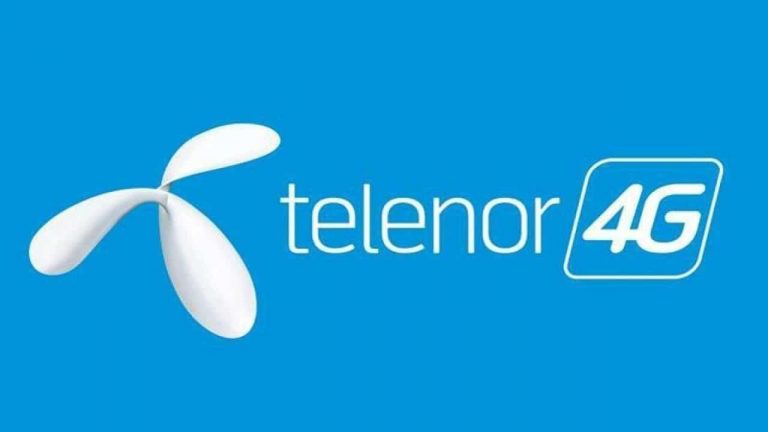
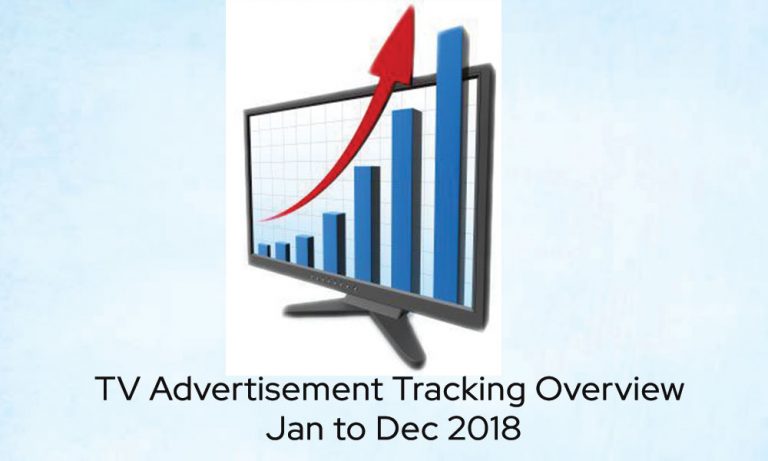





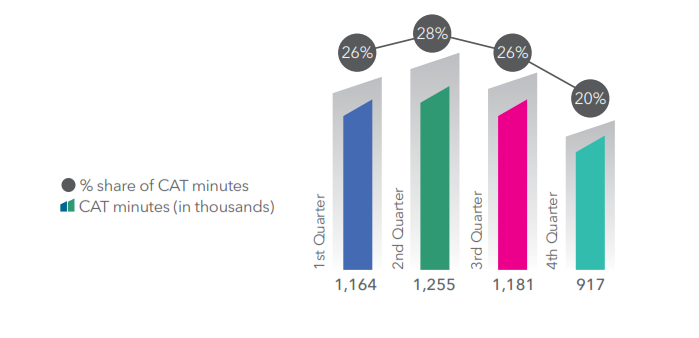

 TOP BRANDS: CAT MINUTES AND SPOT FREQUENCY
TOP BRANDS: CAT MINUTES AND SPOT FREQUENCY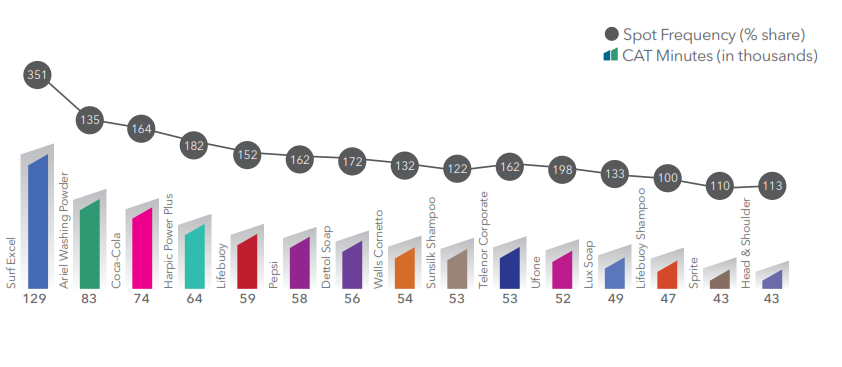

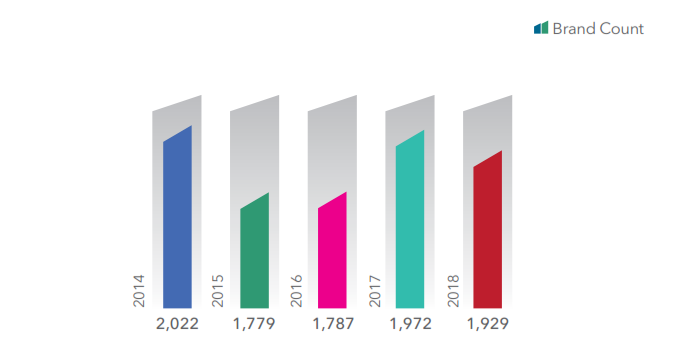



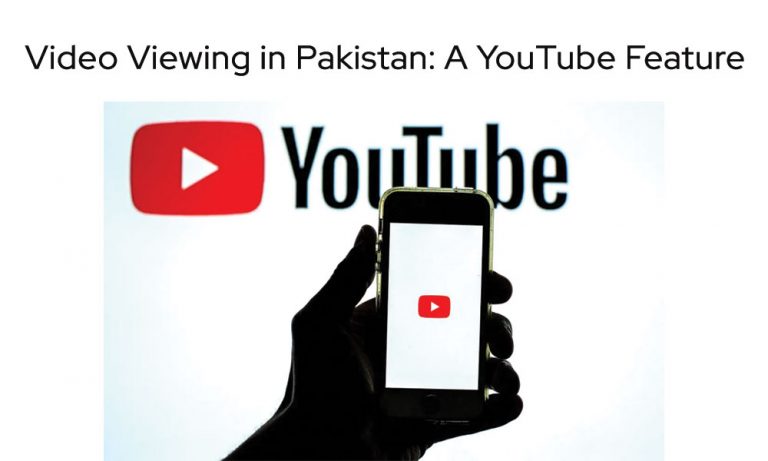



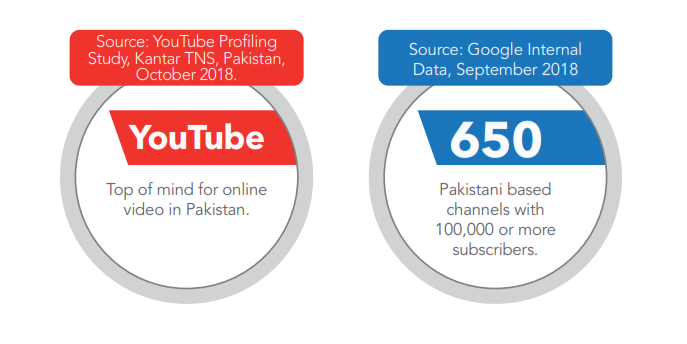


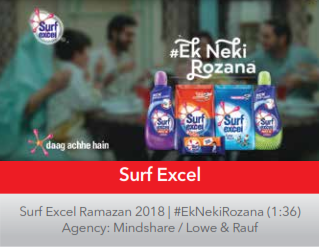
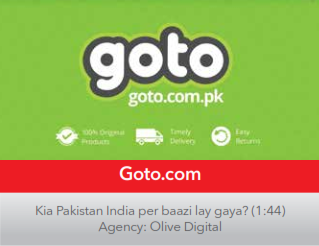






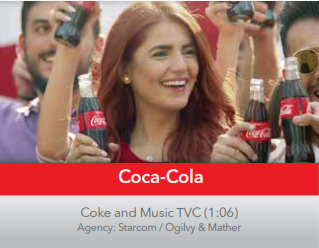


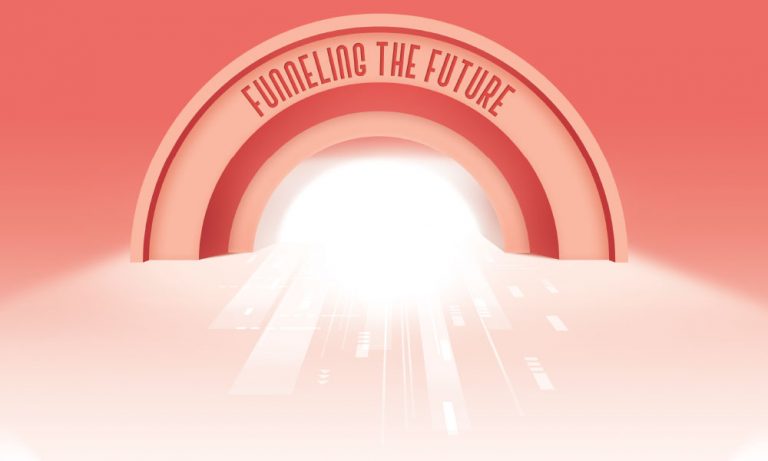

 When AirBnB launched, the founders realized that most people were searching CraigsList to find accommodation. Hence they came up with the idea of allowing AirBnB hosts to list their accommodation on CraigsList in a few clicks. This instantly helped the posts reach a greater audience and helped populate the listings on two separate locations instead of just one.
When AirBnB launched, the founders realized that most people were searching CraigsList to find accommodation. Hence they came up with the idea of allowing AirBnB hosts to list their accommodation on CraigsList in a few clicks. This instantly helped the posts reach a greater audience and helped populate the listings on two separate locations instead of just one.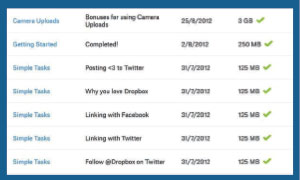 When DropBox launched, the cloud service utility offered a small amount of storage, but the users could get more by taking small actions – sharing social media posts about DropBox, connecting email address to the utility, referring a friend, uploading files etc. In the process, the service created loyalists by getting people to use Dropbox, which helped it gain a large number of users through referrals.
When DropBox launched, the cloud service utility offered a small amount of storage, but the users could get more by taking small actions – sharing social media posts about DropBox, connecting email address to the utility, referring a friend, uploading files etc. In the process, the service created loyalists by getting people to use Dropbox, which helped it gain a large number of users through referrals.
 Groupon was one of the earliest ‘group buying’ platforms. Groupon would post a possible deal and users had to share that deal for it to become active to be availed. So if nobody shared it, everybody lost out due to laziness. The platform drove users into a collective sense of saving and looking out for each other to help everybody acquire some savings which led to more and more deals being unlocked. Groupon further used this strategy to get new users who were interested in those deals.
Groupon was one of the earliest ‘group buying’ platforms. Groupon would post a possible deal and users had to share that deal for it to become active to be availed. So if nobody shared it, everybody lost out due to laziness. The platform drove users into a collective sense of saving and looking out for each other to help everybody acquire some savings which led to more and more deals being unlocked. Groupon further used this strategy to get new users who were interested in those deals.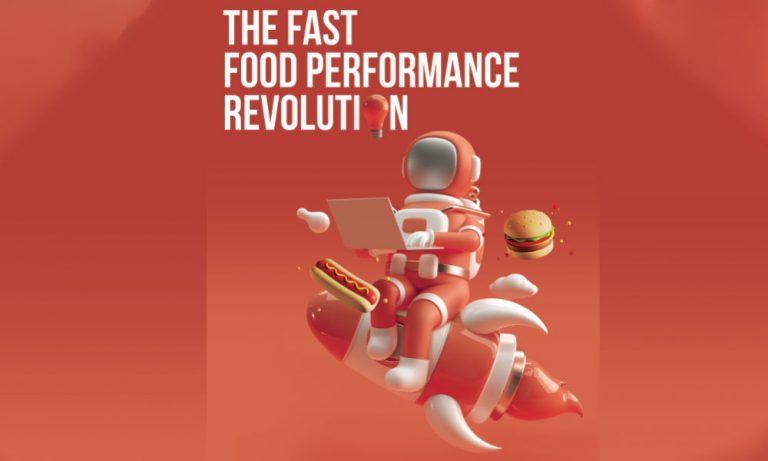
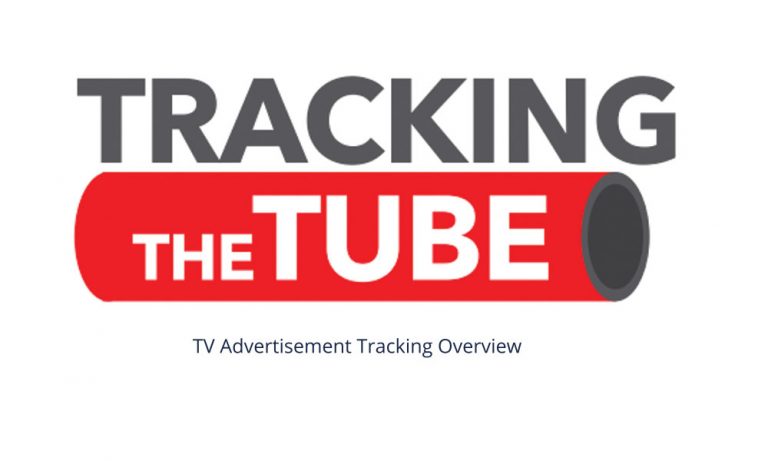
 TOP 10 ADVERTISED CATEGORIES
TOP 10 ADVERTISED CATEGORIES 

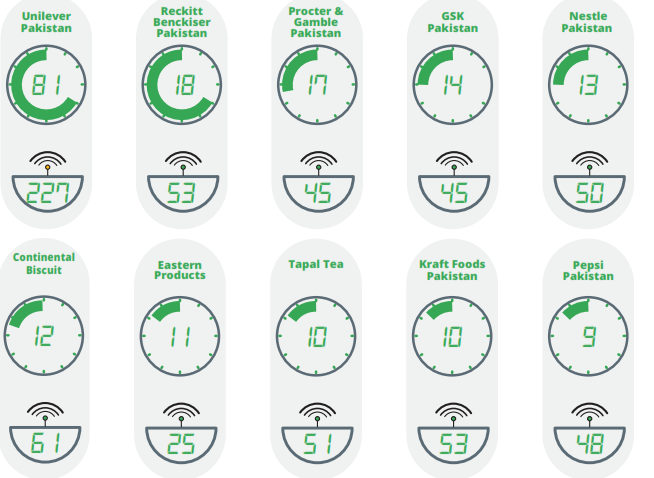








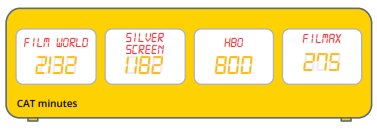
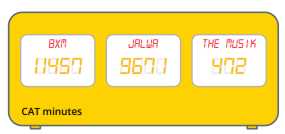

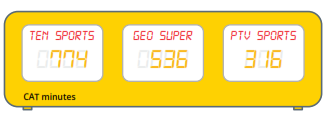



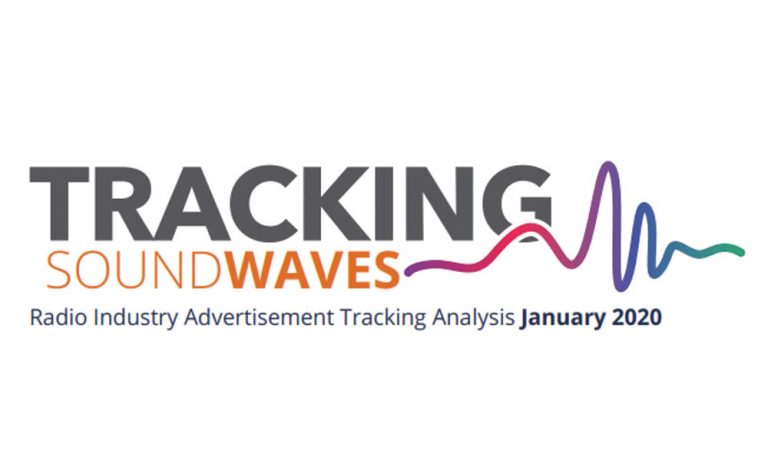
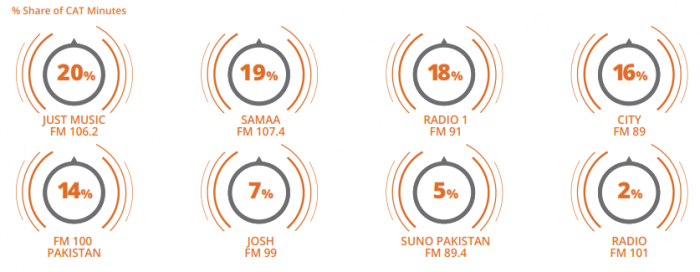
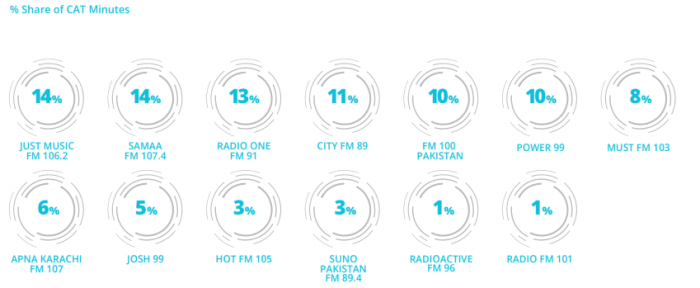


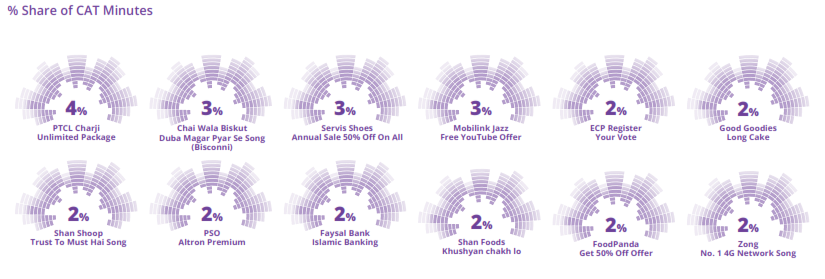 *The analysis has been carried out based on number of spots advertised and given as a percentage share of CAT (Commercial Air Time) minutes.
*The analysis has been carried out based on number of spots advertised and given as a percentage share of CAT (Commercial Air Time) minutes.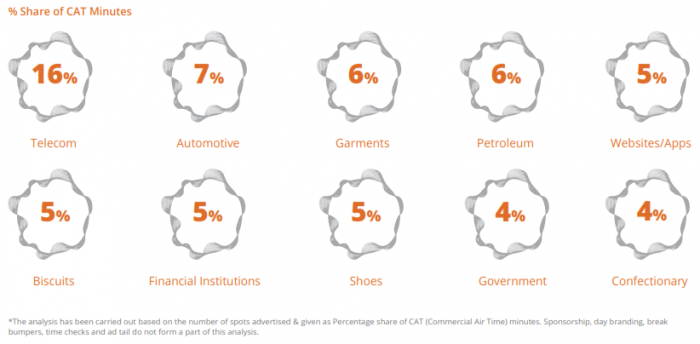 RANKING OF ADVERTISED DAY PARTS
RANKING OF ADVERTISED DAY PARTS